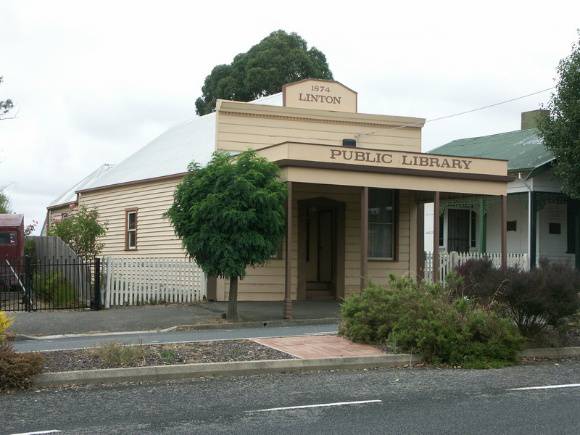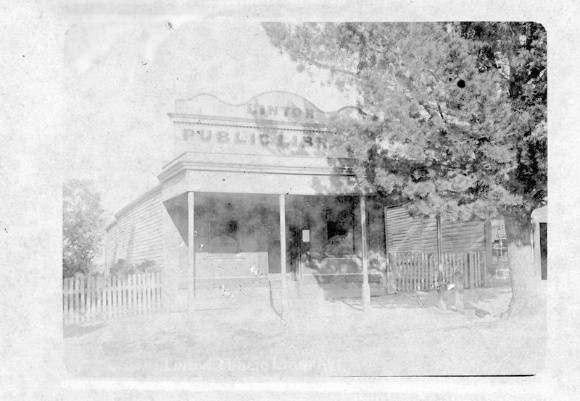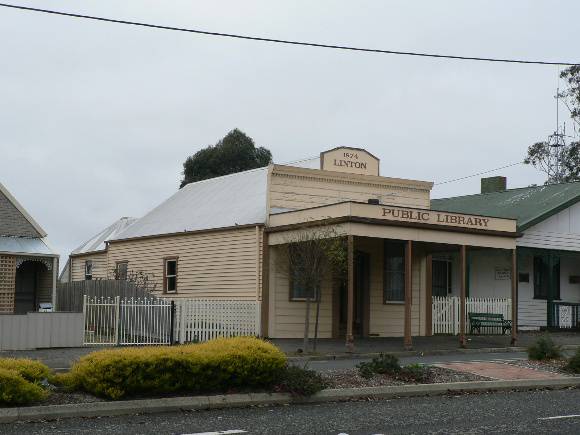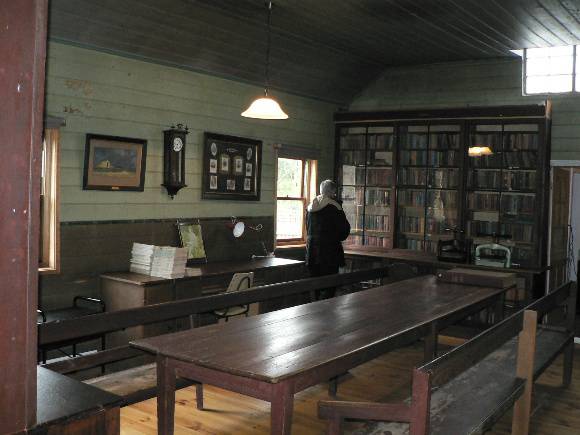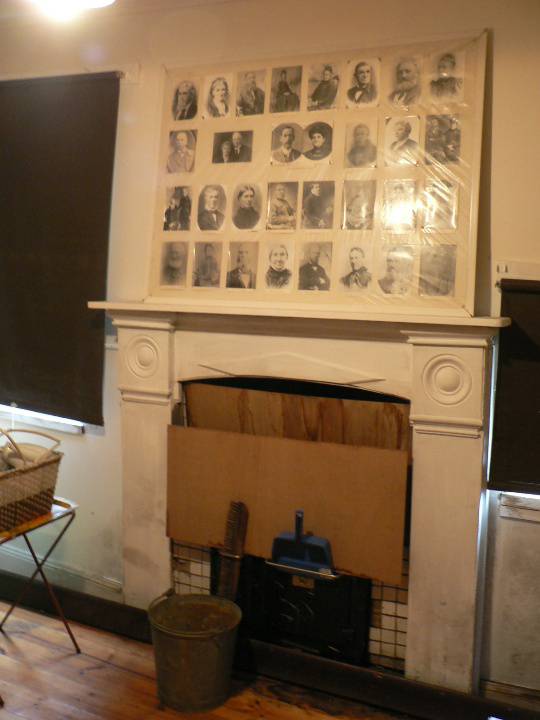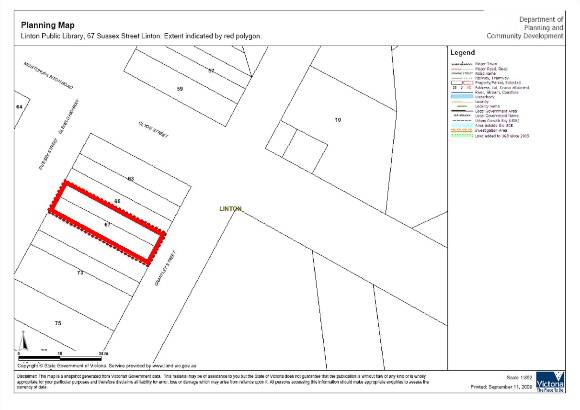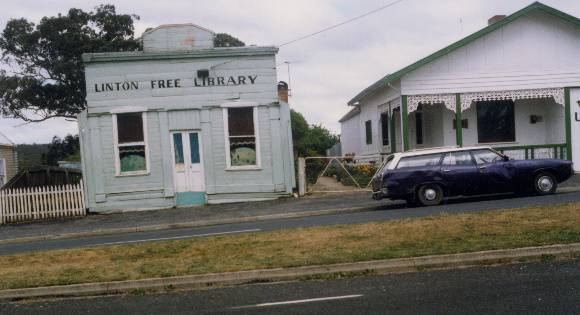| Back to search results » | Back to search page » |
|
Linton Public Library
Other NameMechanics Institute Location67 Sussex Street, LINTON VIC 3360 - Property No 66518017 LevelIncluded in Heritage Overlay |
|
Statement of Significance
What is significant? (See also Linton Heritage Precinct Record) The Linton Public Library (or Mechanics Institute and Free Library) is located at 67 Sussex Street, Linton in the centre of the township and opposite the Shire offices. It was built in 1874 following a local fund raising drive which raised the cost of £161. No architect or builder has been associated with its construction. The Library is vernacular and, although formally symmetrical, it is much less elaborate than most buildings of the type with little evidence of the usual Classical associations. It is a relatively small timber structure comprising the main reading room, accessed through a recessed porch, and a very small residential section at the rear. The walls are lined with tongue-and-groove pine boards, with a traditional painted dado. The ceiling is coved and similarly lined. The building has fulfilled a wide range of educational and social functions, especially as a meeting place. At least in the twentieth century the librarians were all women, some with families, who lived on site. Mrs. Ella Howard fulfilled the role for over 60 years. The remarkable integrity of the place is due to the length and stability of her role. The walls of the reading room are hung with a number of photographs relating to the early history of Linton. The original furniture also survives. The interiors are remarkably intact with perhaps the best surviving collection of books and memorabilia in a small rural library in Victoria. The building is in very good condition.
How is it significant? The Linton Public Library is of historical, cultural, social and architectural significance to the township of Linton and the State of Victoria. Why is it significant? The Linton Public Library is of historical significance as a reflection of the town's status and aspirations in the 19th and early 20th centuries as well as the cooperation of civic leaders. It is of cultural significance not only for its association with the self-improvement of its citizens through reading, lectures and concerts but also for the shared values it represents which is the basis for a sense of community. Its collection of books, photographs and memorabilia is very rare and probably the best surviving of a small library in Victoria. The Library is of social significance because it still provides a focus for traditional community activities. It is of architectural significance as one of the most humble examples of a mechanics institute and free library.
Group
Community Facilities
Category
Library


